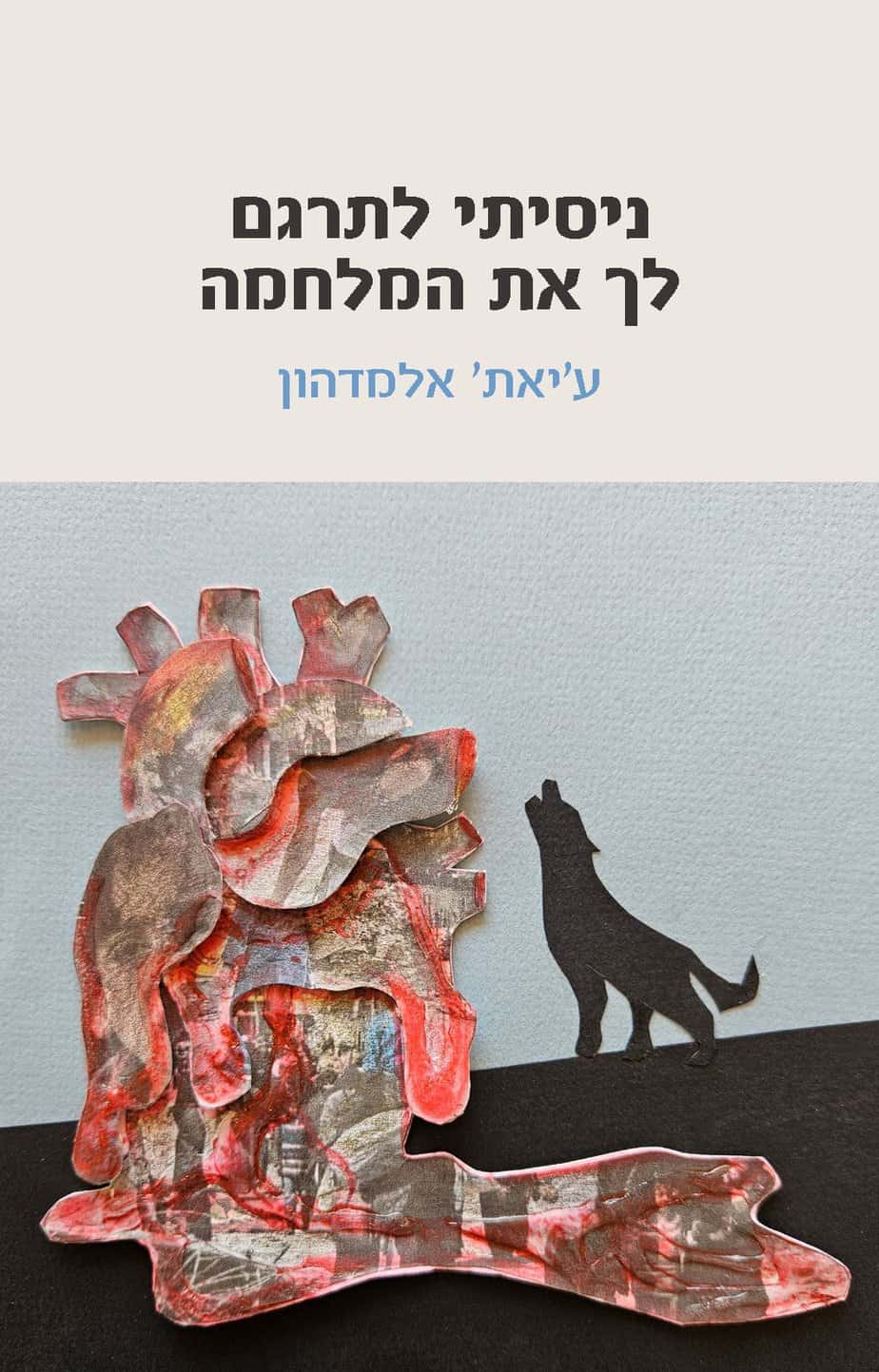The Piyyut as a Cultural Prism
New Approaches
| Edited by | Haviva Pedaya |
| Publisher | Van Leer Institute Press and Hakibbutz Hameuchad |
| Language | Hebrew |
| Year of Publication | 2013 |
| Series | Theory in Context Series |
The Piyyut as a Cultural Prism: New Approaches is a pioneering book in the new phase of the study of liturgical poetry in Jewish and Israeli culture. The return of piyyut to center stage in Hebrew culture—that is, the resurgence of that which has been repressed—necessitates a reorganization of the research field and the area of knowledge and an openness to individual testimony. It also necessitates an examination of modern Hebrew lyrical writing, the first area in which the repressed genre has reappeared. The book’s structure reflects these tasks: It contains articles by scholars and academics and individual testimony, in articles and essays, of creators of poetry, prose, music, and theater.
The book aims to provide a foundation for the paradigmatic mapping of the fault lines of creativity and identity in the Land of Israel, focusing on the intersection of Turkey and the “Orient” during the various periods of the Ottoman Empire, on the one hand, and the Holocaust, British colonialism, and the early days of the state, on the other. The book exemplifies the power of piyyut to shed light on the cultures of the Jewish Diaspora throughout history and around the globe and to contribute to an understanding of a variety of related issues, including the shared Jewish-Arab space and gender and community. The book does this at a stage of Jewish-Israeli culture in which structures and constructions of memory and forgetting, exile and redemption, the sacred and the profane intersect. This intersection is evident in the bursting forth of piyyut in contemporary Israeli music.




